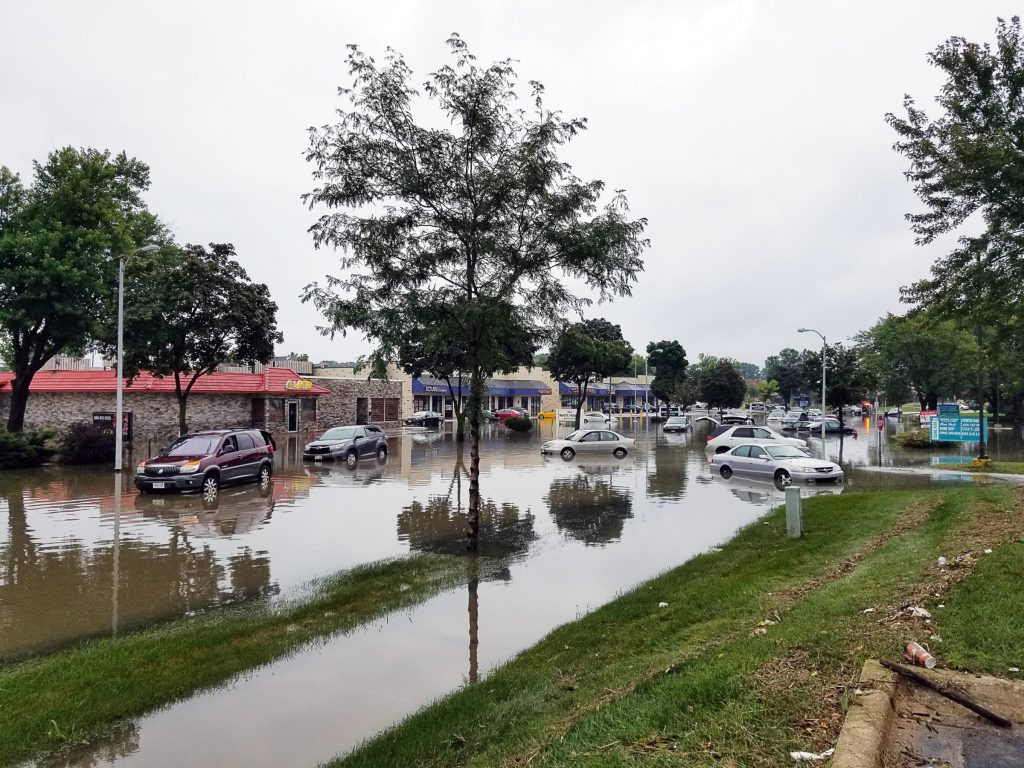Powerful Yet Easy Ideas to Help Flood Victims Recover

In the aftermath of severe flooding, community members face the daunting task of trying to rebuild their lives. It can take months to repair homes and businesses, and many have to cope with complete property loss.
If you’d like to help with recovery efforts but aren’t sure where to start, our disaster relief guide offers a few ideas to point you in the right direction. From medical services to construction work to food and water distribution, there are plenty of ways to help flood victims recover and rebuild. This article lists programs that help those affected, and outlines the best ways to donate to flood recovery efforts.
Government programs for flood relief
From unemployment relief to mortgage help, the government offers resources for individuals and families who may not have had a disaster survival kit. These three government programs help flood victims get back on their feet.
The Emergency Disaster Assistance Fund
When a natural disaster strikes, it can disrupt your entire life. The EDAF increases the effectiveness and timeliness of assistance to crisis-affected people.
National Flood Insurance Program
For those who need help rebuilding after a flood, FEMA offers coverage for Increased Cost of Compliance (ICC). The program offers up to $30,000 to retrofit a building to reduce the potential for future flood damage. To be eligible, you must be a flood insurance policyholder through FEMA’s National Flood Insurance Program (NFIP).
Volunteer with organizations that help flood victims
After floodwaters recede, it takes an enormous amount of work to get communities back up and running. Relief organizations develop a disaster recovery plan and rely on volunteers to help with everything from clearing debris and mud to passing out food and water and medical supplies. Below are three nonprofits that recruit volunteers for recovery efforts.
Red Cross Canada
Red Cross Canada responds to national and global disasters and is one of the largest humanitarian networks. In the immediate wake of natural disasters, Red Cross deploys volunteers to the affected areas to help rebuild schools, homes, and other community infrastructure.
Food Banks Canada
Food Banks Canada has food banks across the country, making it easy for the organization to mobilize after natural disasters. Volunteers help sort, stack, and package food that will be shipped out, among other tasks needed to keep recovery efforts up and running.
Samaritan’s Purse
Safety is always the primary concern when a natural disaster strikes. But after food, water, and health needs are met, the focus shifts to the arduous task of recovery and rebuilding. This is where Samaritan’s Purse comes in. The nonprofit takes on these construction and cleanup projects after natural disasters. Volunteers help with work that can include roof tarping, debris cleanup, chainsaw work, and more.
Four of the best ways to donate to flood victims
If you aren’t able to volunteer in person with relief organizations, there are other ways to make a difference. These four ideas allow you to lend a hand to those in need—and three of them don’t even require leaving your couch.
1. Donate airline miles and credit card points
Do you have airline miles or credit card points collecting dust? Dozens of charities partner with airlines and credit card companies so that unused miles and points can save lives. Your airline miles may help first responders travel to disaster zones or provide emergency transportation to injured individuals.
2. Donate your vehicle
While gifting an old car to charity may not be an option for everyone, this type of contribution can go along way to help if it’s the right time for you. Habitat for Humanity recycles old vehicles and receives 80 percent of the gross revenue. These funds help the organization provide emergency shelter through their Disaster Risk and Reduction Response program, as well as their regular home construction projects.
3. Donate blood
Did you ever think you could save three lives in less than 10 minutes? By donating a pint of blood to the American Red Cross, you can do just that, making it an incredibly impactful way to make a difference from anywhere. The entire process takes 45 minutes, with the actual blood donation portion taking between 8-10 minutes. For more information on how to donate, visit the Canadian Blood Services online.
4. Raise money through crowdfunding
Crowdfunding is a quick way to donate to flood victims who need help right away. Through GoFundMe, you can launch a disaster fundraiser and begin sharing it with your network of friends and family members within minutes. GoFundMe’s fundraising model allows you to keep more of the donations you receive, which means more flood victims can receive help.
Our blog is full of crowdfunding resources to help you along the way, like tips on running a successful disaster relief fund or general fundraising ideas for disaster relief. Our disaster fundraising guide can help you create a compelling fundraiser specifically for recovery efforts.
Take action and support recovery efforts now
Making a difference after a tragedy doesn’t have to mean large cash donations or hours of volunteer work. Sometimes the simplest efforts can be the most impactful. Sign up for a GoFundMe today and begin raising money for flood victims when they need it most.